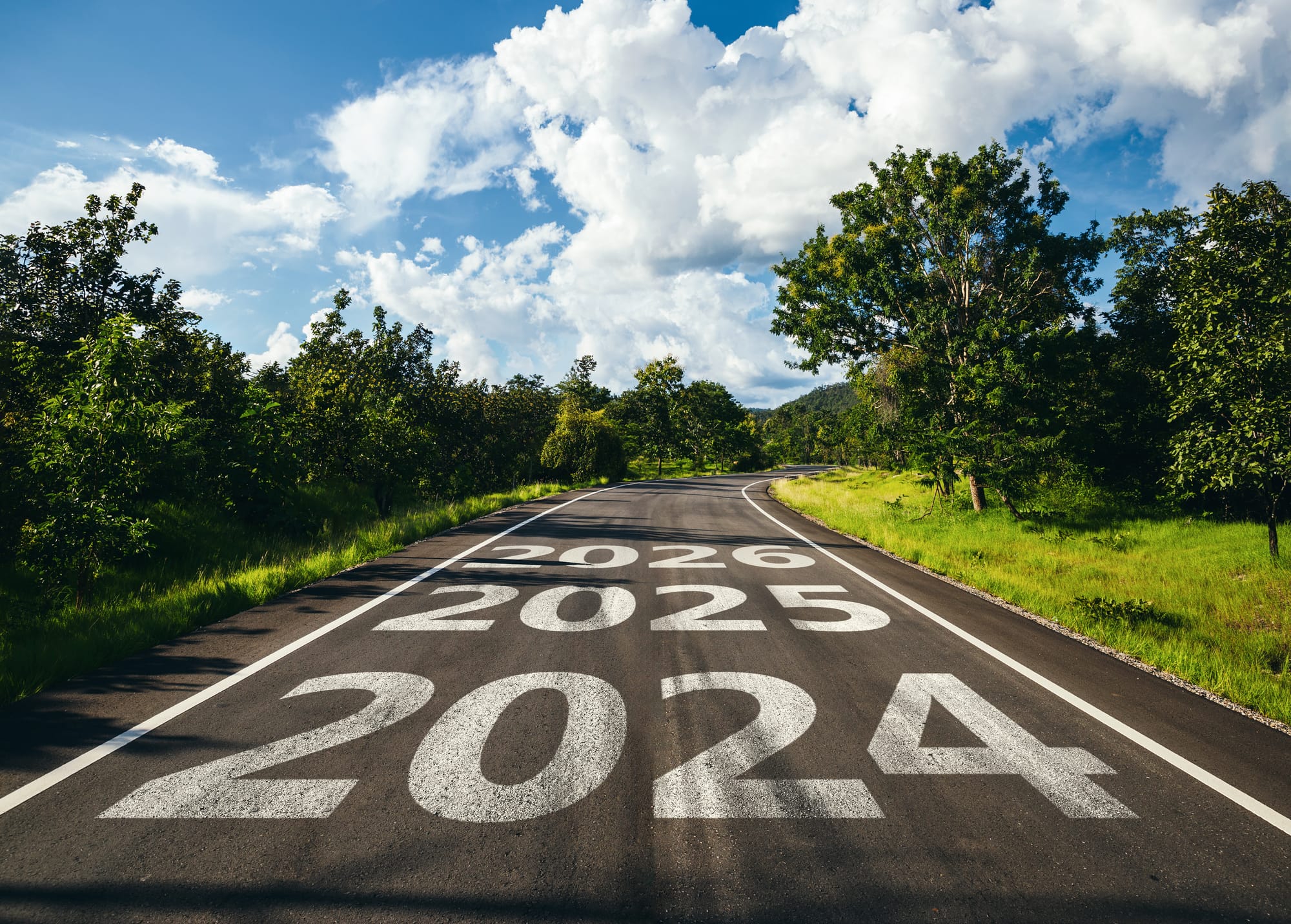The Impact of Technology on Modern Transportation Services

Technology has profoundly transformed modern transportation services, making them more efficient, safe, and accessible. Here are some of the key ways in which technology has impacted transportation:
1. Automation and Autonomous Vehicles
- Self-Driving Cars: Companies like Tesla, Waymo, and others are developing autonomous vehicles that use a combination of sensors, cameras, and artificial intelligence to navigate and drive without human intervention.
- Automated Public Transit: Many cities are exploring or implementing autonomous buses and trains, which can reduce labor costs and potentially improve safety and reliability.
2. Real-Time Tracking and Navigation
- GPS and Navigation Apps: Technologies like GPS and real-time navigation apps (e.g., Google Maps, Waze) provide drivers and transit users with up-to-date information on traffic conditions, route optimizations, and estimated arrival times.
- Fleet Management: For commercial transport, GPS tracking and fleet management systems help companies optimize routes, reduce fuel consumption, and improve delivery times.
3. Ride-Sharing and Mobility as a Service (MaaS)
- Ride-Sharing Apps: Platforms like Uber and Lyft have revolutionized personal transportation by offering convenient, on-demand rides and dynamic pricing.
- MaaS Platforms: These integrate various transportation services (e.g., buses, trains, bike shares) into a single digital interface, allowing users to plan and pay for multi-modal journeys with ease.
4. Electric Vehicles (EVs) and Charging Infrastructure
- EV Technology: Advances in battery technology and electric drivetrains are making electric vehicles more practical and affordable. Companies like Tesla, Rivian, and traditional automakers are investing heavily in EV development.
- Charging Networks: The expansion of charging infrastructure, including fast-charging stations, supports the growing adoption of electric vehicles and alleviates range anxiety.
5. Smart Infrastructure and Traffic Management
- Intelligent Transportation Systems (ITS): These systems use sensors, cameras, and data analytics to monitor and manage traffic flow, reduce congestion, and improve road safety.
- Smart Traffic Lights: Adaptive traffic signals that adjust their timing based on real-time traffic conditions can help improve traffic flow and reduce wait times.
6. Enhanced Safety and Security
- Advanced Driver Assistance Systems (ADAS): Features such as automatic emergency braking, lane-keeping assist, and adaptive cruise control enhance vehicle safety and reduce the risk of accidents.
- Surveillance and Security: Technology in public transport systems, including CCTV cameras and digital ticketing, improves safety and helps in managing incidents effectively.
7. Data Analytics and Predictive Maintenance
- Predictive Analytics: Data collected from various sources can be analyzed to predict maintenance needs, optimize operations, and improve service reliability.
- Maintenance Management: Sensors and monitoring systems in vehicles can alert operators to potential issues before they become major problems, reducing downtime and repair costs.
8. Sustainability and Environmental Impact
- Green Technologies: Innovations like hydrogen fuel cells, hybrid vehicles, and more efficient public transit systems contribute to reducing the carbon footprint of transportation.
- Smart Urban Planning: Technology helps in designing smarter, more sustainable urban environments, encouraging the use of public transport and non-motorized options like cycling and walking.
9. Personalized Transportation Solutions
- Customizable Options: Technology allows for personalized transportation experiences, such as selecting preferred routes, vehicle types, and even in-ride amenities through apps and digital interfaces.
Overall, technology continues to drive significant changes in the transportation sector, making it more adaptable to the needs of modern society while addressing challenges related to efficiency, safety, and environmental impact.
#TransportationTechnology #AutonomousVehicles #ElectricVehicles #SmartTransportation #RideSharing #MobilityAsAService #RealTimeNavigation #FleetManagement #IntelligentTransportSystems #DataAnalytics #SustainableTransportation #SmartInfrastructure #AdvancedDriverAssistance #PublicTransitInnovation #GreenTech #EVCharging #PredictiveMaintenance #UrbanMobility #TransportationSafety #FutureOfTransportation
Comments